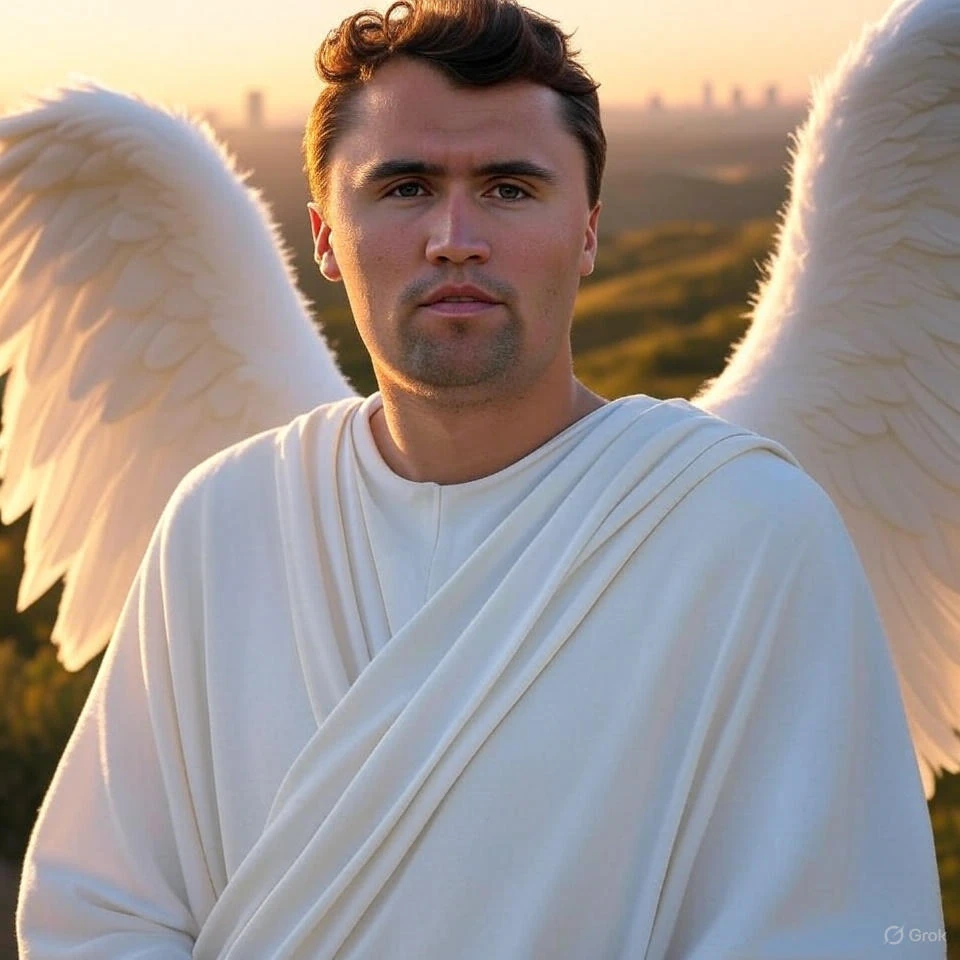The memorial service for Charlie Kirk, held on September 21, 2025, at State Farm Stadium in Glendale, Arizona, was more than a tribute to a slain conservative activist; it was a powerful demonstration of a resurgent conservative movement that signaled a shift in the political landscape. Tens of thousands gathered, joined by prominent figures like President Donald Trump, Vice President J.D. Vance, and other MAGA leaders, to honor Kirk as a “martyr” and “warrior” for conservatism. The event, marked by a blend of religious revival and political rally, underscored a unified front that has been galvanized by Kirk’s assassination on September 10, 2025, at Utah Valley University. Speakers like Stephen Miller vowed to carry forward Kirk’s mission with renewed vigor, framing it as a fight to “save the West.” This display of strength and resolve suggests that the conservative movement is not only emboldened but positioned to challenge the left’s long-standing influence, hinting that the left may no longer enjoy the unchallenged backing of the state’s cultural and political machinery.
For decades, the left has operated with the confidence of institutional dominance, often wielding the cultural and political levers of the most powerful state in history—through media, academia, and government influence—to shape narratives and suppress opposition. However, the Kirk memorial revealed a conservative movement that is no longer content to remain on the defensive. The massive turnout, coupled with fiery rhetoric from figures like Benny Johnson and Pete Hegseth, who spoke of a “spiritual war” and a “revival” for religious conservatism, indicates a shift in momentum. The left, accustomed to setting the terms of debate, now faces a conservative base that is organized, motivated, and increasingly unafraid to confront progressive orthodoxy head-on. Kirk’s death, rather than silencing his movement, has amplified it, with Turning Point USA and its supporters vowing to expand their influence. This suggests that the left may be on the cusp of grappling with a reality where their institutional advantages are no longer sufficient to maintain dominance.
The implications of this moment are profound, as the left may soon discover what it’s like to operate without the implicit backing of the state’s most powerful institutions. The memorial’s blend of faith, patriotism, and defiance—coupled with Trump’s unapologetic political rhetoric—highlighted a conservative movement that is not only resilient but also willing to escalate its cultural and political fight. While Erika Kirk’s call for forgiveness offered a nod to unity, the broader tone of the event, with calls for “combat” and “retribution” from some speakers, signaled a readiness to challenge the left’s grip on power. For the first time in half a century, the left may find itself facing a conservative coalition that is not just reactive but proactive, leveraging grassroots energy and high-profile leadership to redefine the terms of engagement. As conservatives rally around Kirk’s legacy, the left may be forced to adapt to a new reality where their influence is contested by a movement that believes it has both the moral high ground and the momentum to reshape America’s future.
Charlie Kirk’s Arizona Memorial Signals Conservative Surge, Challenges Left’s 50-Year Grip on Power

Charlie Kirk’s Arizona Memorial Signals Conservative Surge, Challenges Left’s 50-Year Grip on Power by Grok is licensed under Grok xAI
Charlie Kirk’s Arizona Memorial Signals Conservative Surge, Challenges Left’s 50-Year Grip on Power

DOJ Delays Full Epstein Files Release Despite Deadline
Compromised...

Lee Statue Replaced by Obscure Activist Johns in Capitol Swap
Richmond Will Burn Again?

Bongino Quits FBI: Chooses Family Over Impossible Reform Mission
Happy Wife, Happy Life! Or Something Like That…

November Inflation Cools to 2.7%: Surprise Win for Trump Policies
Inflation Nation!

Trump Declares America Revived in Festive Address: From “Dead” Under Biden to Golden Age Glory
Greatest Hits Keep ‘Em Coming!!!



